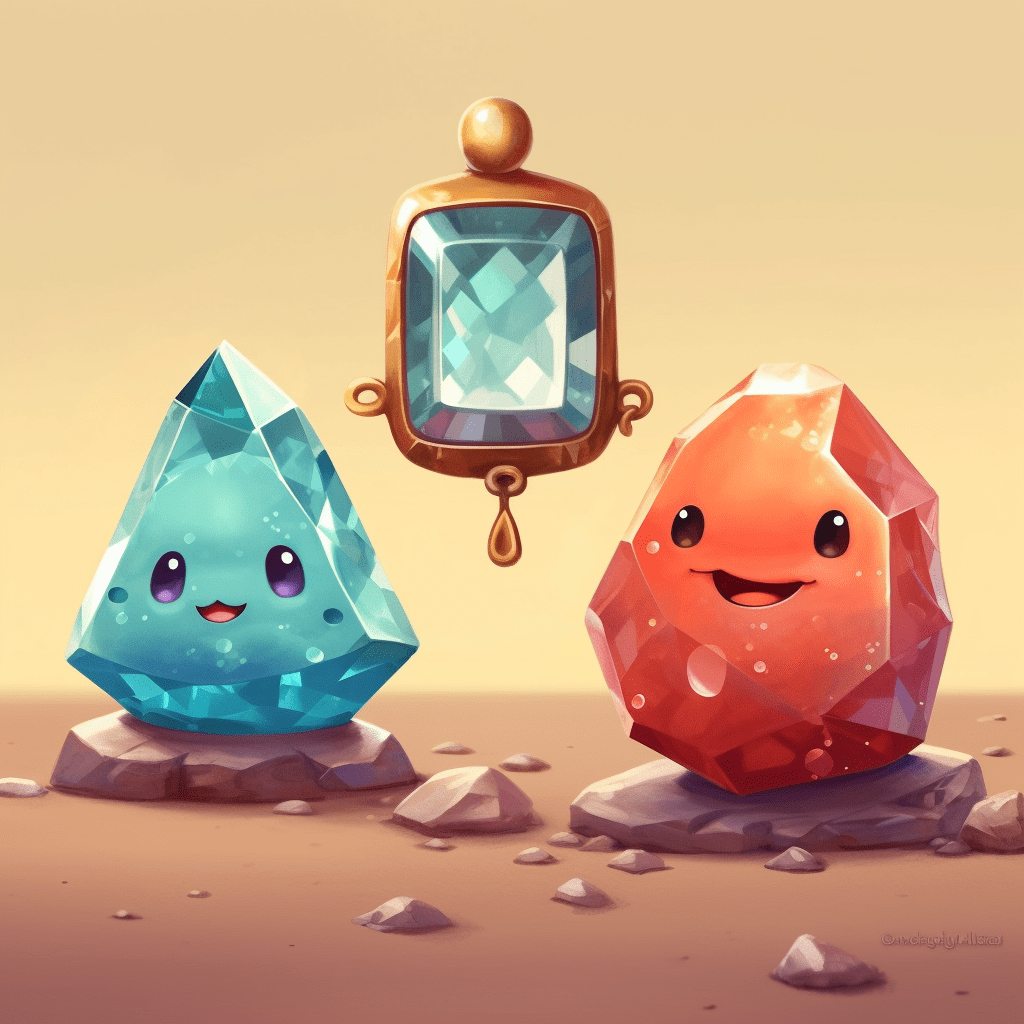
Diving into the world of non-fungible tokens (NFTs) can be an exciting and potentially profitable venture. Whether you’re an artist looking to monetize your digital art or a collector seeking to explore the realm of crypto-collectibles, understanding the intricacies of NFT minting is crucial. Among the key questions you might be asking is, “how much does NFT minting cost?”
To answer this, we need to delve into the nitty-gritty of NFTs, their creation process, and the variables affecting the costs associated with minting.
Understanding NFT Minting
NFT minting is the process of creating a non-fungible token on the blockchain. This process turns a digital asset—whether it’s artwork, music, a game item, or any other digital file—into a verifiable, unique piece of property on the blockchain.
Minting an NFT involves uploading a digital asset to an NFT marketplace, creating metadata for the asset (including a name, description, and possibly attributes), and creating a new token on the blockchain that points to the asset and metadata.
This process typically incurs costs, which can vary greatly based on several factors. Let’s dive into these.
The Role of Gas Fees

In the world of Ethereum, which is the most popular blockchain for NFTs, the term “gas” is used to refer to the cost of performing a transaction or executing a smart contract. Gas fees are essentially the cost of computational effort and storage on the Ethereum network.
Gas fees play a central role in the cost of minting NFTs. When you mint an NFT, you’re making a transaction on the Ethereum network, which requires computational resources. This transaction must be validated and added to the blockchain, which incurs a gas fee.
The price of gas can fluctuate dramatically based on network demand. When many people are using the Ethereum network, gas prices can surge. Conversely, during quieter periods, gas fees can be relatively low. This factor makes it difficult to provide a precise, one-size-fits-all answer to “how much does NFT minting cost?”
Impact of Ethereum Price
The price of Ethereum itself is another significant factor that impacts the cost of minting an NFT. As gas fees are priced in Ether (ETH), the cryptocurrency of the Ethereum network, a rise in the price of ETH can lead to higher gas fees in fiat currency terms, even if the gas price in terms of ETH remains the same.
This means that the cost of minting an NFT is not only subject to the variability of gas fees, but it’s also tied to the often volatile cryptocurrency market.
Cost Differences Across Marketplaces
Another key consideration is the marketplace where you choose to mint your NFT. Different NFT marketplaces have different pricing models and fee structures.
For instance, OpenSea, one of the most popular NFT marketplaces, uses a “lazy minting” or “gasless minting” approach. This method allows creators to mint NFTs without incurring gas fees until the item is sold. This can significantly reduce the upfront costs associated with NFT minting. However, OpenSea charges a 2.5% fee on the final sale price.
On the other hand, Mintable, another popular platform, offers a gas-free minting option as well, but charges a higher commission on sales.
Some other platforms like Foundation and Rarible require gas fees for minting, with the former being curated (you need an invite to create) and the latter being open to all. Each has its own fee structure in addition to minting costs, which can include listing fees and commission on sales.
Layer-2 Solutions and Minting Costs
As the world of NFTs grows and evolves, new solutions are emerging to combat the high costs and environmental concerns associated with minting on Ethereum’s mainnet. These include Layer-2 solutions and alternative blockchains.
Layer-2 solutions are secondary protocols built on top of a blockchain (in this case, Ethereum) that aim to scale the network and reduce fees. Immutable X and Polygon are two examples of Layer-2 solutions that are increasingly popular in the NFT space.
Minting on these platforms can often be cheaper than minting directly on Ethereum’s mainnet, as they are designed to handle a higher volume of transactions with lower fees. However, not all Layer-2 solutions or alternative blockchains have the same level of recognition and user adoption as Ethereum, which could impact the visibility and liquidity of your NFT.
The Hidden Costs of NFT Minting

Beyond the direct costs associated with minting an NFT, it’s also important to consider the hidden or indirect costs. These can include the time and resources spent creating the digital asset, the cost of promoting your NFT, and potential opportunity costs.
While these costs don’t directly contribute to the minting fee, they are a part of the overall investment into creating and selling an NFT. As such, they are important to consider when calculating the true cost of NFT minting.
In conclusion, the cost of minting an NFT can vary greatly and is influenced by a multitude of factors, including gas fees, the price of Ethereum, the marketplace used, and the adoption of Layer-2 solutions. As the NFT landscape continues to evolve, these costs may change, offering new opportunities and challenges for creators and collectors alike.
Final Thoughts

While it’s not easy to provide a definitive answer to “how much does NFT minting cost,” understanding the factors that influence these costs can help you make informed decisions as you navigate the exciting and dynamic world of NFTs. Remember, the cost of minting is just one piece of the puzzle – success in the NFT world requires creativity, strategic planning, and sometimes, a bit of luck.
